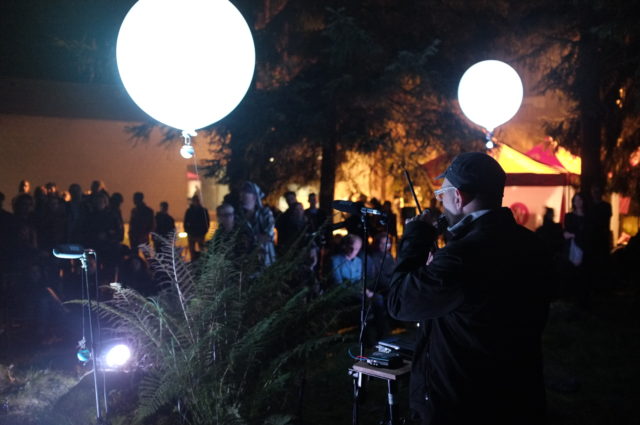Keith Rowe – Edges and the passage of time – exhibition – Kinoteatr Zdrowie
Edges and the passage of time.
Two works consisting of torn paper edges, one white the other with blackened edges. (43X30)
What interests me here was the way the passing of time might be represented, as a child I recall having a calendar on the wall, and each day we tore off a strip of paper on which the day of the week and the date of the month was printed, at the end of the year what remained was a stub of paper with 365 torn edges.
Six drawings using Christian Wolff’s instruction from his composition Edges.
(36X26)
On a years sabbatical in 1968 Christian Wolff took up residence in London, and proceeded to join the music group AMM, during this period he wrote the composition Edges.
These six drawings were produced during performances, they follow Christian Wolff’s instructions which form a part of the composition …
“… The signs on the score are not primarily what a player plays. They mark out a space or spaces, indicate points, surfaces, routes or limits. A player should play in relation to, in, and around the space thus partly marked out. He can move about in it variously (e.g. in a sequence, or jumping from one point to another), but does not always have to be moving, nor does he have to go everywhere. Insofar as the signs are limits, they can be reached but should not be exploited…”
“ … The idea of the piece and its basic performing instructions are this: the notations on the score are not so much playing instructions as such as reference points, that is, you play around it, at varying distances from the state of being intricate, and you can, but only once in a performance, imply play “intricate”. The general notion I had was of the score’s something like a photographic negative the developed picture of which would be realized by the player; or, to use another analogy, the playing would be like movement, dancing say, in a space containing a number of variously shaped but transparent and invisible objects which the dancing generally avoids, but which as the dancing kept on would become evident, visible so to speak, because they are always being danced around.”
-Christian Wolff.
As you can see I’ve attempted to follow Christians instructions, and have avoided depicting the objects themselves (mixing board, stomp pedals, objects etc.) I’ve
traced the shadows, the outlines of the connecting cables, drawing up to the edge of the objects.
An aspect of these drawing is that they became visual recordings of the various performances, reflecting their complexity or simplicity, volume levels, degrees of
activity, and so on.
Three larger drawings.
(42X29.7)
Studio versions, made during the last stages of the recording of the ROOM Extended
(all measurements are length X height)
















